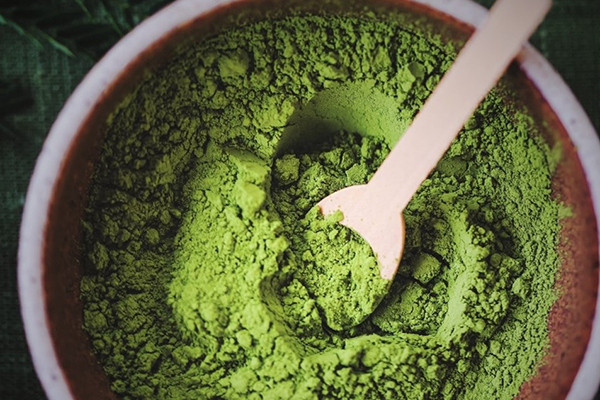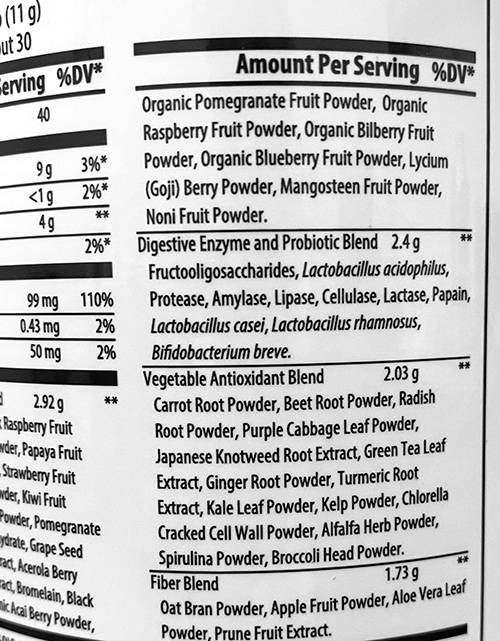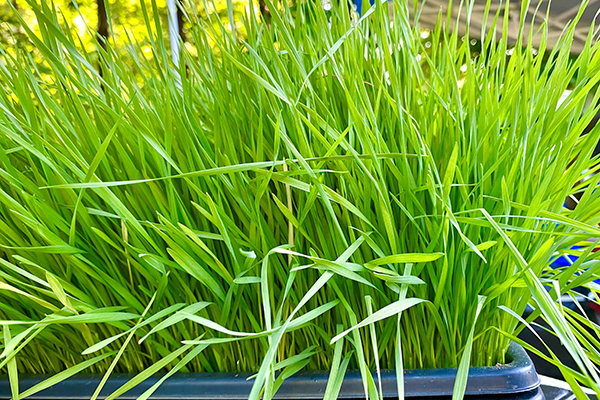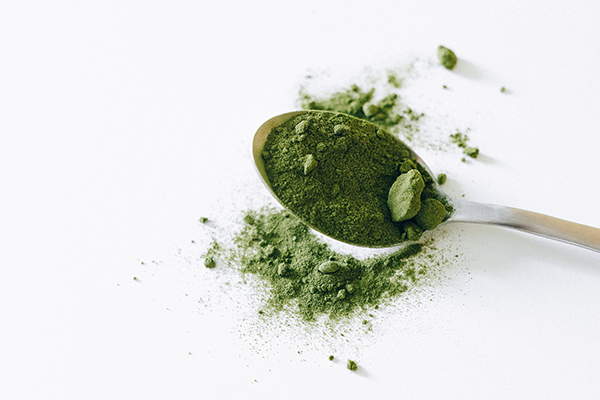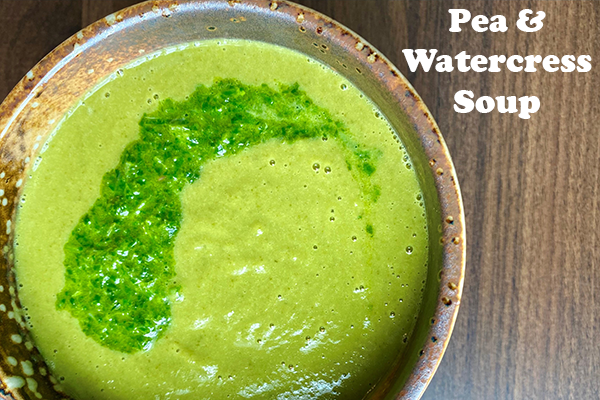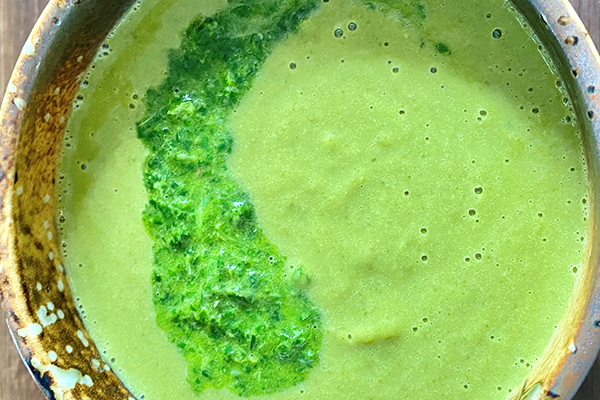The popularity of “greens powders” has exploded over the past few years with companies touting all kinds of health benefits and as an easy way to get your veggie servings in. But is this true? Are there benefits to taking these powders, and are they just like eating vegetables?
Many of these supplements are based on spinach, kale or broccoli; grasses like wheatgrass and barley grass; or algae like spirulina and chlorella. They usually have lots of other ingredients in teeny tiny amounts like mushrooms, probiotics, digestive enzymes and fiber.
These powders are made by either dehydrating and crushing whole vegetables, fruits and other ingredients, juicing these things and then drying and grinding them into a powder, or some combination of both.
They are typically meant to be mixed into water, smoothies or other liquids, but you can use them in all sorts of other ways like in salad dressings, dips, soups or bars.
Are greens powders worth the money? It depends. #saslife Click To TweetAre there benefits to taking greens powders?
The benefits attached to these powders make sense in theory since they are the benefits of eating fruits and vegetables – promoting your body’s natural detox process, boosting immune system, providing antioxidants, etc. However, you can’t extrapolate those research findings from whole plants to greens powders. The nutrient content is changed during the processing of fruits and vegetables into powder. You will get some micronutrients like vitamin A, C and K, and you might also get some selenium, iodine and other nutrients. Some, though, not a lot, unless they have added vitamins and minerals.
Note the amount of each ingredient per serving in the picture above. It’s impossible to tell since there are so many ingredients in each category. You can see that each category is about 2-3g. For comparison, 1 cup of fresh spinach equates to about 1 Tbsp spinach powder, which is around 11 or 12g.
Algae + Grasses
Algae like spirulina and chlorella are mostly found in supplement form, and they do have some benefits. Spirulina has anti-inflammatory, anti-viral, anti-cancer and antioxidant benefits. Studies have found that 1-8g of spirulina per day may reduce blood pressure. Chlorella has similar benefits with research showing that 1-5g per day may reduce cholesterol and blood pressure.
Both wheatgrass and barley grass have also been shown to have strong antioxidant properties and some other impressive benefits like reducing inflammation, lowering cholesterol, possibly slowing the growth of colon cancer cells and reducing the side effects of chemotherapy.
Keep in mind that there will be some differences between fresh wheatgrass juice, wheatgrass juice powder and wheatgrass powder. Also, something to consider is that in theory, these grasses are gluten free since the gluten is only in the seed/grain part and not the grass. However, in reality, it is highly possible that during harvesting and processing some of the grains get in there too. If you have celiac, only consume products that are certified gluten free.
Choosing Greens Powders
Read all the ingredients! Look out for ones that contain artificial sweeteners and/or added sugars or fillers. Consumer Labs tested one product that had more tapioca syrup and sugar than fruits or vegetables! Also be aware that due to the nature of the products, they all contain heavy metals, some at higher levels than others, so most are not appropriate for kids or during pregnancy.
You will get some benefits from greens powders, but if you are looking to replace servings of real fruits and vegetables, forget about it. The USDA recommends adults should get about 5 cups of fresh produce (about 500 grams) per day – dried this would be about 50 grams. Most of these powders contain just a few grams of fruits and veggies.
If you need some ideas on how to get more real fruits and veggies in, check out these blogs:
- Eating 8-10 Servings of Fruits and Vegetables
- What to Do if You Hate Vegetables
- Making Frozen Veggies Taste Good
Pea & Watercress Soup
Makes 3 servings
Recipe from: Georgia Eats
PRINT RECIPE
Ingredients
For soup
2 Tbsp olive oil
1 sweet onion, finely chopped
2 large garlic cloves, minced
4 cups vegetable stock or bone broth
16oz bag frozen peas
2 bunches watercress (or a 4oz bag)
sea salt & freshly ground black pepper, to taste
For herby drizzle
3 Tbsp extra virgin olive oil
2 Tbsp lemon juice
15 g (roughly ½ cup) fresh parsley
15 g (roughly ½ cup) fresh mint leaves
1 Tbsp water
sea salt & freshly ground black pepper, to taste
Directions
- Heat oil in a large pan over medium heat. Once hot, add onion and a pinch of salt and sauté 10 minutes, or until soft and translucent. Add garlic and sauté for a minute or so, just to soften.
- Pour stock or broth into the pan and bring to a boil. Add frozen peas, bring back up to a boil and continue to cook for 2 minutes. Lastly, stir in watercress, count to 10, then remove the pan from the heat.
- Use a hand blender to blitz the soup until completely smooth. Season to taste with salt and black pepper.
- To make the herby drizzle, combine all ingredients in a food processor. Blitz until almost smooth, allowing some texture to remain.
- Spoon soup into bowls and garnish generously with the herby drizzle and a good crack of black pepper.
